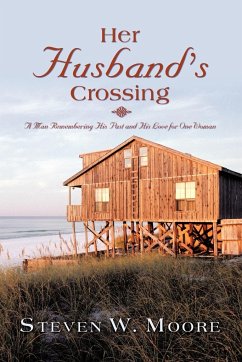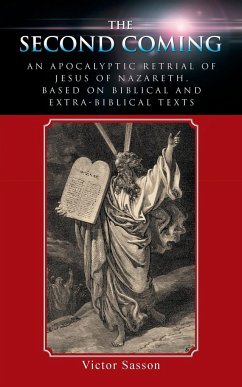They came from different parts of the old British Empire: Alistair Randall from Kenya and Rashid Hassan from India. Perhaps, they should have been enemies, but they were not. It was a defining moment in Alistair's life when he sat on the floor across from Rashid one cold winter's day in Edmonton in 1969, and Rashid spoke with unsmiling logic about the need to shoot Alistair. But before that collision there was Jenadie MacIlwaine; without her Alistair would not have met Rashid. Telling a story set mostly on the campus of Capilano College in the 1960s, Crossing Second Narrows narrates the interplay among this unlikely triangle of characters who believed they could change the world: Alistair, the liberal white émigré from post-Mau Mau Kenya; Rashid, the self-styled, dark-skinned Marxist from India; and Jenadie, the outspoken American blonde in the middle. It provides a historically accurate account of the searching for answers to the questions of the times: Why did the conservative universities try to squash innovative upstart community institutions? Why did the students and faculty at British Columbia's fledgling Simon Fraser University militantly go on strike? How did these become literally life-and-death issues in a world stripped of its comfortable traditions, including, on occasion, clothing? In Crossing Second Narrow, author Bill Schermbrucker uses what Michael Ondaatje once described as "the truth of fiction," to reconstruct an important story out of the heady Age of Aquarius.
Bitte wählen Sie Ihr Anliegen aus.
Rechnungen
Retourenschein anfordern
Bestellstatus
Storno




